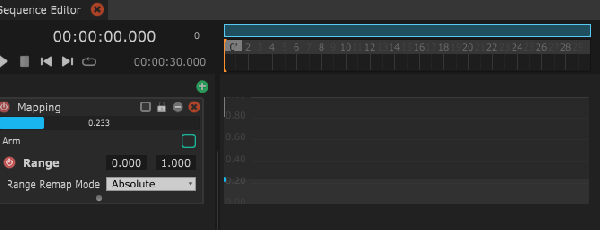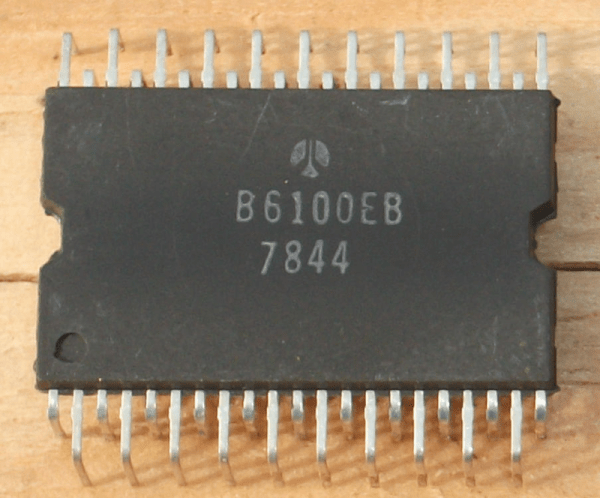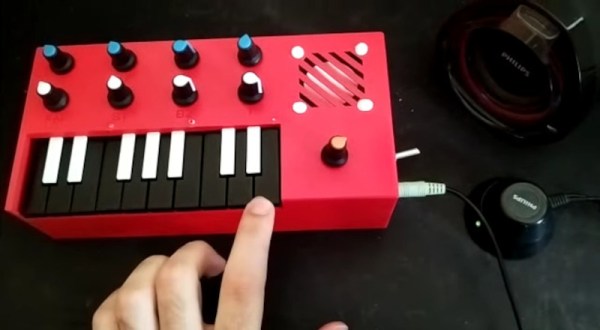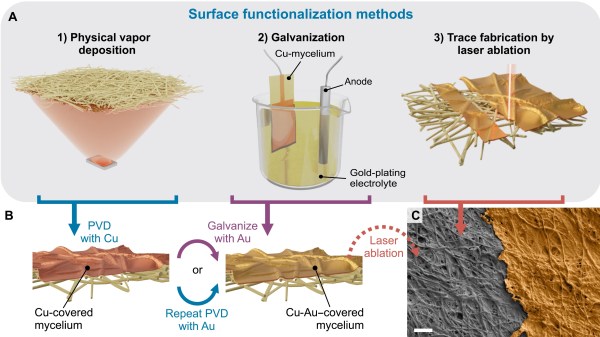Widespread use of refrigerators is a hallmark of modern society, allowing people to store food and enjoy ice and cold beverages. However, a typical refrigerator uses gasses that are not always good for the environment. Now the Berkeley National Lab says they can change that using ioncaloric cooling, a new technique that uses salt as a refrigerant.
The new technique involves using ions to drive a solid-to-liquid phase change which is endothermic. Unlike some similar proposals, the resulting liquid material would be easy to pump through a heat exchanger. In simple terms, it is the same process as salting a road to change the melting point of ice. In this case, an iodine-sodium salt and an organic solvent combine. Passing current through the material moves ions which changes the material’s melting point. When it melts, it absorbs heat. When it resolidifies, it releases heat.
Continue reading “Salty Refrigeration Is Friendly To The Environment”

















